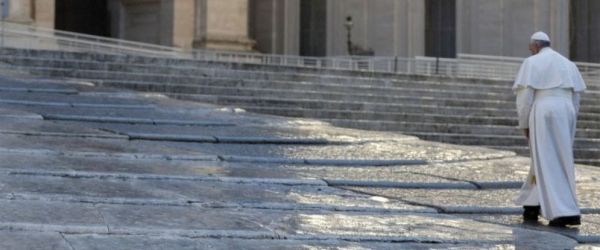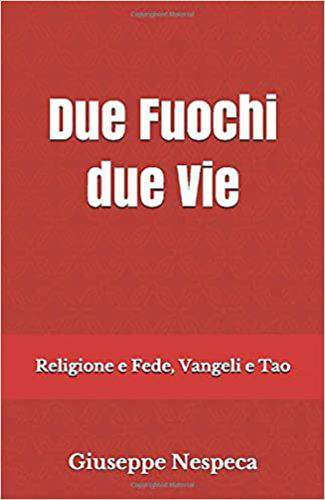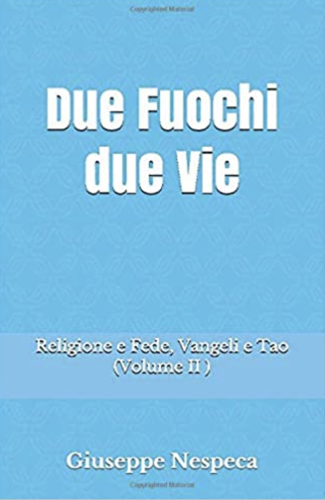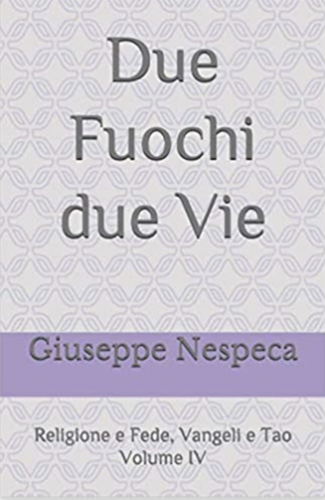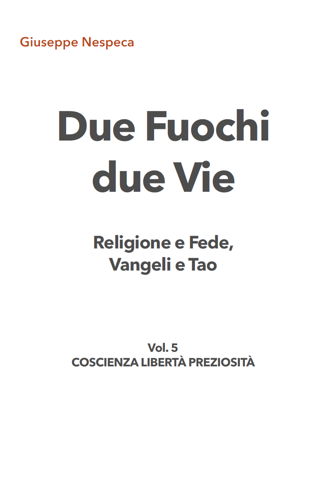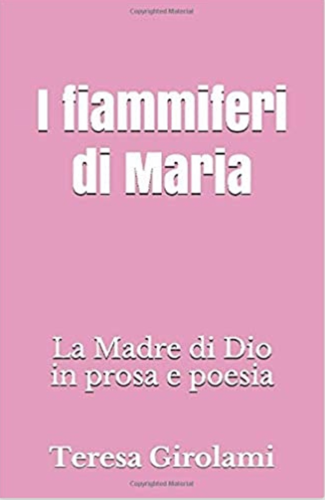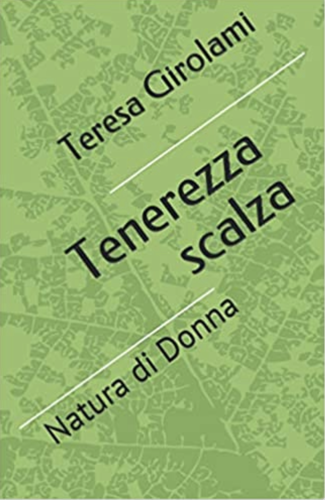In today’s Gospel passage (cf. Lk 11:1-13), Saint Luke narrates the circumstances in which Jesus teaches the “Lord’s Prayer”. They, the disciples, already know how to pray by reciting the formulas of the Jewish tradition, but they too wish to experience the same “quality” of Jesus’ prayer because they can confirm that prayer is an essential dimension in their Master’s life. Indeed each of his important actions is marked by long pauses in prayer. Moreover, they are fascinated because they see that he does not pray like the other teachers of the time, but rather his prayer is an intimate bond with the Father, so much so that they wish to be a part of these moments of union with God, in order to completely savour its sweetness.
Thus, one day they wait for Jesus to finish praying in a secluded place and then they ask him: “Lord, teach us to pray” (v. 1). In responding to the disciples’ explicit question, Jesus does not provide an abstract definition of prayer, nor does he teach an efficient technique to pray in order to “obtain” something. Instead, he invites his own to experience prayer, by putting them directly in communication with the Father, causing them to feel nostalgic for a personal relationship with God, with the Father. Herein lies the novelty of Christian prayer! It is a dialogue between people who love each other, a dialogue based on trust, sustained by listening and open to a commitment to solidarity. It is the dialogue of a Son with his Father, a dialogue between children and their Father. This is Christian prayer.
Hence, he delivers the “Lord’s Prayer” to them, perhaps the most precious gift left to us by the Divine Master during his earthly mission. After revealing to us his mystery as Son and brother, with that prayer Jesus allows us to enter into God’s paternity. I want to underscore this: when Jesus teaches us the “Our Father”, he allows us to enter into God’s paternity and he points the way to enter into a prayerful and direct dialogue with him, through the path of filial intimacy. It is a dialogue between a father and his son, of a son with his father. What we ask in the “Our Father” is already fulfilled for us in his Only-begotten Son: the sanctification of the Name, the advent of the Kingdom, the gift of bread, of forgiveness and of delivery from evil. As we ask, we open our hand to receive; to receive the gifts that the Father has shown us in his Son. The prayer that the Lord taught us is the synthesis of every prayer and we address it to the Father, always in communion with our brothers and sisters. Sometimes distractions can occur in prayer, but we often feel the need to stop at the first word, “Father”, and feel that paternity in our heart.
Jesus then recounts the parable of the importune friend and Jesus says: “we must persevere in prayer”. My thoughts turn to what children do when they are three-and-a-half years old: they begin to ask about things they do not understand. In my country, it is called “the ‘why’ age”, I think it is also the same here. Children begin to look at their father and ask: Why Dad? Why Dad? They ask for explanations. Let us be careful: when the father begins to explain why, they come up with another question without listening to the entire explanation. What is happening? Children feel insecure about many things that they are only partially beginning to understand. They only wish to attract the father’s gaze, and thus the “why, why, why?”. If we pause on the first word of the “Our Father”, we will be doing the same as when we were children: attracting the father’s gaze upon us: saying, “Father, Father” and also asking, “why?”, and he will look at us.
Let us ask Mary, woman of prayer to help us pray the “Our Father” in unity with Jesus in order to live the Gospel guided by the Holy Spirit.
[Pope Francis, Angelus, 28 July 2019]



